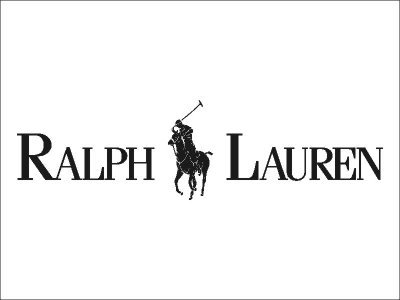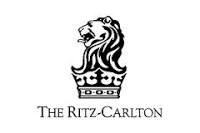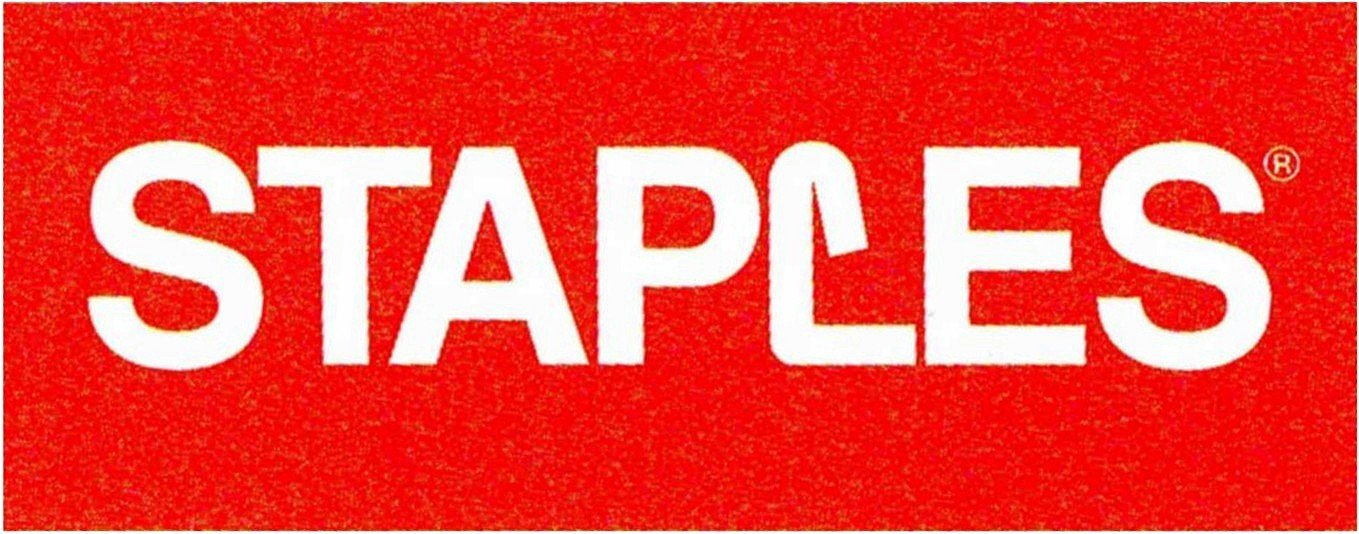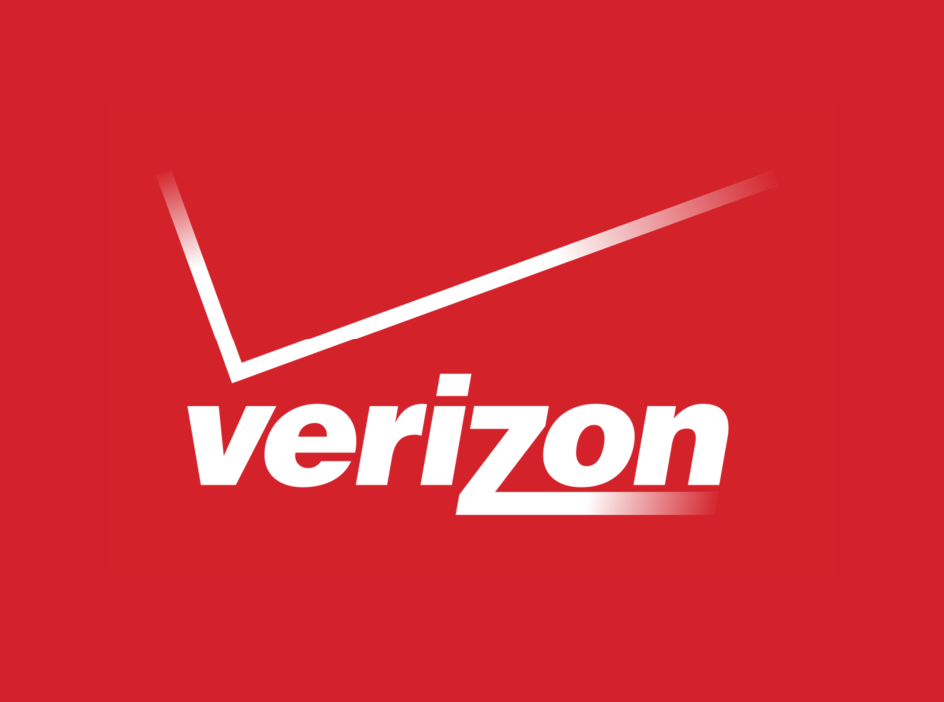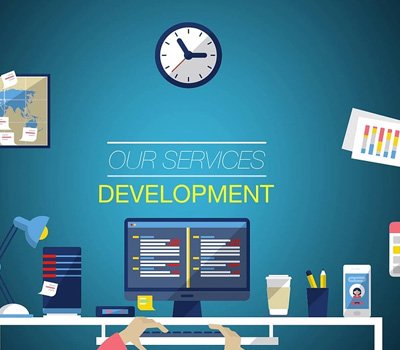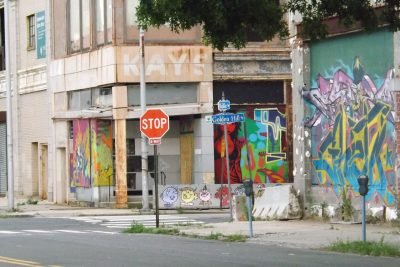
External Conditions
Most retailers generally plan their targets, or budgets, based on the actual sales of the previous year.
As the saying goes ‘past performance is a great indicator of future performance’.
But every wise retailer will also carefully look at external conditions before committing a target or budget to paper; before using the numbers as a basis for buying merchandise and setting expense budgets.
If you were to do some analysis of a few retail stores from different chains and from different geographic locations you would see how sales tend to cycle based on:
• Number of potential target customers surrounding (trade area) the location,
• Mall or shopping center management and marketing programs,
• Town or city development,
• Age or physical condition of the building(s),
• Other tenants,
• Access and parking
When initially selecting a location all of these things are taken into consideration along with many more. The problem is that they are not necessarily revisited.
Establishing revenue targets without taking these external factors into account is simply incomplete and no business plan should be based on those targets.
We should mention, at this point, that the manager of a retail store is almost always the person who can/will make it happen, or not.
We have seen many, many examples of stores that are not performing until taken over by a new manager and suddenly sales go through the roof and vice versa.
And it is not our intent to imply that store managers should be able to use any little change in the community or mall as an excuse for a lack of performance.
However, we are discussing things that store management has little or no control over; significant things that change traffic patterns and consumer spending habits and things that are not temporary.
That’s why we call them external conditions/factors – these are not things that are happening inside the store that can be ‘fixed’.
Here is an example of one such story:
The retail store was located in a small but very busy mall as it was the only mall for miles around and it served not only the small community it was located in but many other small communities in surrounding areas.
For this particular retail chain, this store was considered high volume for that type of market.
Management and staff were experienced and performing at a level that met all company standards.
For several years this store performed admirably; well within expectations.
Over a period of a few years this store gradually went into decline.
For a few of those years it continued to produce a small amount of profit but, eventually, it started to lose more and more money.
There is no mystery. Here is what happened….
Wal Mart built a huge store at the opposite end of town from the mall.
Then other retailers joined Wal Mart because the traffic pattern had changed so significantly.
At one time ‘all roads’ lead to the mall but things changed and, now, you would be going out of your way to go to the mall.
So, new retailers could not be attracted to lease space in the mall and retailers whose leases came up for renewal opted to move out.
At one point the little community mall was approximately 60% vacant.
There was really nothing to attract customers anymore – they could enjoy their shopping experience better elsewhere.
During this decline the mall management insisted that they were not going through rough times; they would not negotiate better terms to attract retailers in.
In addition, because their revenues were falling they failed to do any marketing to help the remaining retailers.
Basically, it was a disaster.
Some retailers stayed and weathered the bad times. And about five years later, a big furniture retailer took over a huge space in the mall.
As odd as it sounds, it worked. Some retailers had to move to new locations to accommodate the new furniture store and this brought formerly deserted areas back to life.
As a result, some more retailers came in and, today, the stores that were able to ‘hang in there’ are trending up again.
It is doubtful that those stores will ever return to their previous levels of performance, but they will likely be able to grow their business back to reasonable levels and maintain most of their market share.
Through all of this, the stores in the mall simply could not be expected to make big gains year over year and if they had targets set like that, they would have experienced several years of misery and management changes.
Indeed, most of them did.
There are other examples such as the mall whose surrounding demographics changed significantly over a course of a few years.
What had been a very established ‘well to do’ area became home to many low wage earners; luxury high rise apartments surrounding the mall were turned into low income housing projects.
This kind of change cannot be overlooked.
So, when you are establishing revenue targets, make it your business to find out all you can about the location and all of the external conditions and factors affecting it.
If you do the homework and set the targets accordingly you can be absolutely certain that your stores performance is all within the control of your organization and the people you employ.
If you don’t, you may waste a lot of precious time and energy and very likely lose some very good people as well.























































